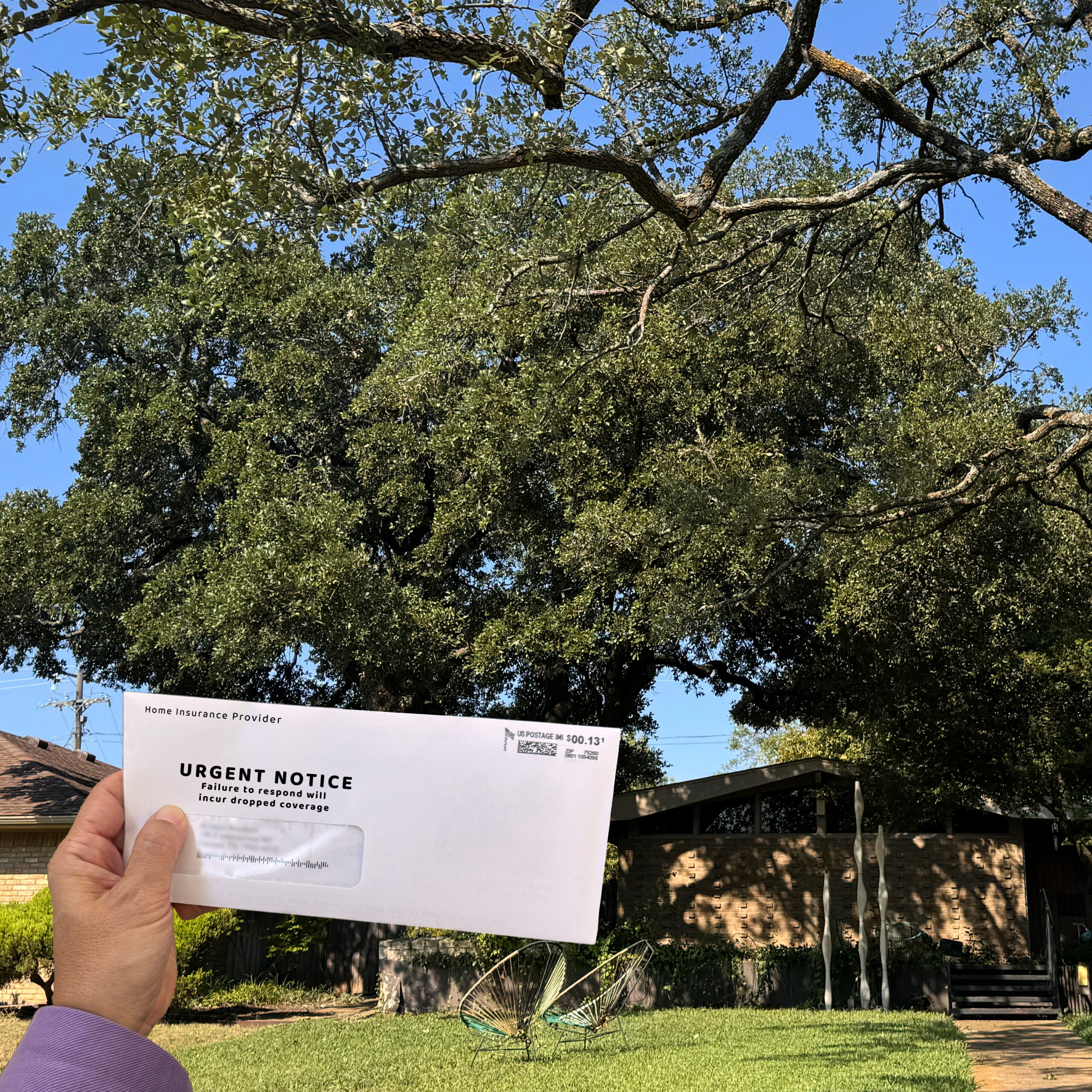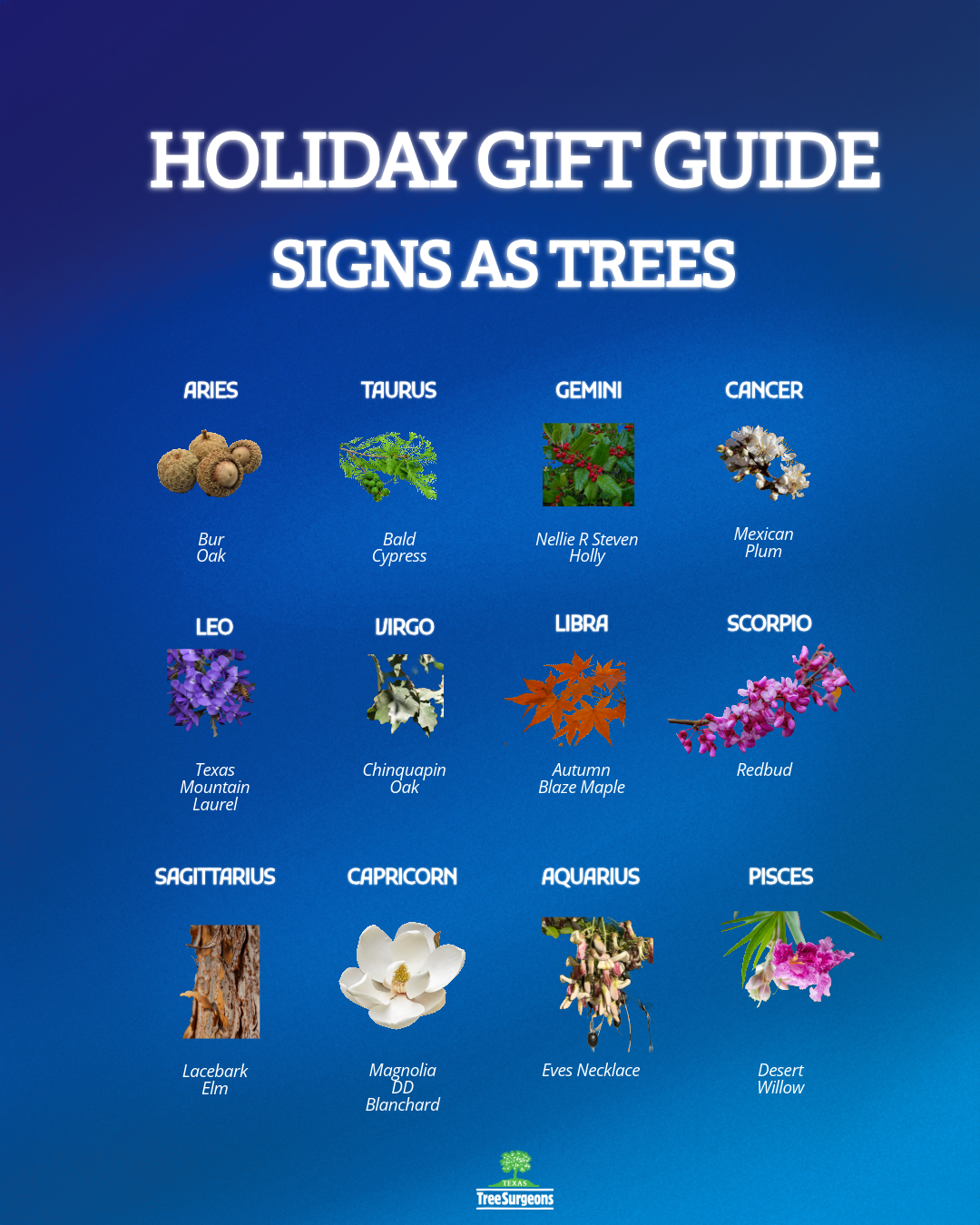What Happens When a Tree Falls on My Car?

With all the storms in 2019, we have seen unprecedented damage to our community. We have previously covered what happens when a tree falls on your house, and we wanted to supplement that information. We reached out to Katie Tu, a content specialist with QuoteWizard, to answer a few questions.
Does home insurance or auto insurance cover a tree falling on your car?
Most people think that their homeowners insurance will cover the costs if a tree falls on their car. However, this is not the case, unless your car happens to be parked in your garage and a tree falls through the garage and damages your car. In most other situations, your auto insurance will be the one you should look to for coverage.
Keep in mind that different insurance companies will handle these types of situations differently than others, and if you have any specific questions, you should contact your agent for clarifications.
What part of my auto insurance covers for tree damage?
Auto insurance comprises of the following elements: liability, collision, comprehensive, personal injury protection (PIP), uninsured motorist, and underinsured motorist.
In the situation where a tree damages your vehicle, your comprehensive coverage is where you will be covered for it. Comprehensive coverage protects you from things like theft, fire, falling objects (like a tree), and natural disasters.
Depending on your state or auto lender, you may not be required to have comprehensive coverage. However, if your car does get damaged for some of the reasons mentioned above, it’s a good idea to consider having it.
Are there any limitations to the coverage for tree damages?
That is going to be dependent on your insurance carrier and the coverages they offer. However, we do know that there are a couple things they may not cover:
- Your carrier is unlikely to cover repairs that cost more than the worth of your car. Therefore, if your vehicle is totaled, they are likely to pay the actual cash value of the car instead.
- They may not pay for the removal of the tree. You may think this is something you could do, but you may risk damaging the car even further. We suggest calling professionals to assist you with removing the tree.
What are the next steps after a tree has fallen on my car?
As soon as you notice the damage to your car, contact your agent or a representative of your auto insurance company. Try to provide as much detail and information as you can about what happened, and they can help navigate you on the next steps.
After completing your conversation, here’s what you should do:
- Take lots of photos: Try to get different angles, close-ups, and whole picture.
- Remove the debris: Avoid hurting yourself or doing any more additional damage. If the job is too big or dangerous for you to do yourself, consult with a tree care company for assistance.
- Check your policy: If you didn’t do it over the phone already, check your policy limits and your deductible. You’ll want to make sure you’re also able to pay for your deductible as well.
- See where the tree damage came from: Check to see if it came from your neighbor’s yard or vice versa.
If the tree that fell on my car was my neighbors, whose insurance pays for it?
If you suspect that your neighbor is at fault for the tree damage to your car, their insurer could pay for the damages if you have hard evidence or proof that they were negligent with care. Evidence like a dated letter to your neighbor asking them to cut the tree due to rot or some other reason could help with your case.
Keep in mind that this works both ways, so if you have a tree that could potentially cause damage to your neighbor, you’ll want to make sure you keep maintenance on it. If you ignore certain warning signs, you and your insurance may have to pay for the damages.Regardless, if a tree has fallen on your car and you’re looking for coverage, you would need to file a claim with your insurance.
How could I prevent this from happening?
Of course, to prevent any issues in the first place is to be proactive and do maintenance as needed for trees. If you have a tree in your yard, check it routinely, especially before hurricane season or the winter, to see if you may need to trim it.
It’s always a good idea to also check on your neighbor’s trees or talk to your neighbor about keeping their tree routinely checked to avoid any future damages or headaches.

At Texas Tree Surgeons, we love trees and we love our customers, and we hate to see destruction like we had in 2019. If you are concerned about the safety or stability of your or your neighbor’s trees, or have any other questions, let us know.
Related Blogs
Similar blogs related to this topic


Facts About Home Insurance & Trees
It’s becoming way too common, especially in Texas, homeowners receiving a threatening letter from their insurance company to drastically remove all tree limbs over a structure to prevent them from falling onto the house. Don’t…
Read more

Holiday Gift Guide, Zodiac Signs as Trees
This holiday season a gift that keeps on giving in a time of over consumption is the most ethical and thoughtful gift. It is investment in a shared future that benefits their home and the…
Read more

Avoid These Tree Care Mistakes for a Healthy Landscape
Below is a list of overlooked mistakes that could jeopardize the health of your trees. From missteps in pruning to incorrect watering practices, discover how to give your trees the care they deserve. Red oak…
Read more
